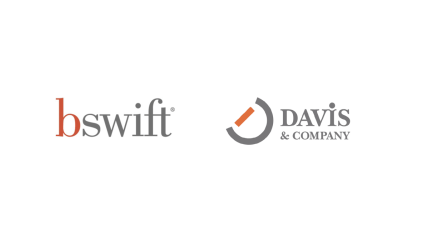
Did you know that an effective employee handbook can help build a positive workplace culture? This valuable tool plays an important role in your onboarding process and can continue to be a resource throughout an employee’s career.
But often employee handbooks fall flat. Employees just breeze through it once, and in some cases, don’t bother to open it.
Here’s an example: My brother recently started a new job in marketing at a high-end fashion retailer (think luxury shoes and handbags). Given his background, he doesn’t have a strong knowledge of human resource policies and programs. When the HR person handed him the organization’s employee handbook, he skimmed through 15 pages of dense content and struggled to find helpful details. He asked me to review the handbook and report back with important information.
Much like my brother’s experience, ineffective employee handbooks have several common issues. Here are five traps that may be dragging down your handbook and tips to make improvements.
1. Issue: It’s just too long
With limited time and attention span, employee handbooks are often tossed aside for more important and timely tasks. Making it longer or more detailed doesn’t always make it better. When employees see too many pages and long dense paragraphs, it feels like work that will take more time than it’s worth.
Solution: Make content bite sized
Often, employees feel overwhelmed and frustrated when searching for the information they need. Keep your employee handbook content streamlined and easy to navigate. For example, convert long paragraphs into bulleted lists. Use headers to organize content so employees can scan and quickly find what they are looking for. And link to other documents, rather than including everything in the handbook.
2. Issue: Boring and text-based
Employee policies and procedures are serious topics. But all work and no fun makes your employee handbook…well, dull! While it should be comprehensive and accurate, give yourself permission to have a little fun.
Solution: Make it visual
Get inspiration from your favorite magazine: How are photos, callouts, colors and other visual elements used to keep you reading? Your handbook is an opportunity to bring your organization’s culture to life. Be sure to infuse your mission, vision and values. Here are a few additional visual tips to help you get there:
- Use photos of real employees, not just typical stock imagery.
- Use infographics to make data, numbers or other key information interesting and noticeable.
- If your handbook is digital, add videos or animated graphics to draw attention to important or interesting content.
3. Issue: No hierarchy (everything is important)
With lots of content that looks the same, employees may skip or miss important actions. They may not be able to quickly find what is critical or necessary to know about the organization.
Solution: Ensure actions stand out
Make it clear which elements of the employee handbook require employees to act. Put actions in callout boxes, add an icon or make text bold. Here’s another idea to ensure employees don’t miss important steps: Create a checklist that highlights key tasks and actions. Remember to include a timeline or due dates.
4. Issue: Employees don’t find the details relevant
If employees feel the information doesn’t apply or help them complete a specific task, they won’t engage with the content. Technical or industry-specific language also makes it difficult for employees to understand how the content relates to their jobs.
Solution: Target specific employee groups
Targeting your employee handbook to specific employee groups will make the content more relevant. This may mean creating smaller employee handbooks or sections that are for specific divisions, business units or locations. Think “how to.” How do I help employees build knowledge or complete tasks that are unique to their roles?
5. Issue: One size does not always fit all
Handbooks come in many shapes and sizes — from digital to print and combinations of the two. And your employees will likely have their own preferences depending on where they work and if they need to access the content regularly. Before you decide on one approach, consider job groups and the best way for each to use the handbook. For example, remote workers may have a different preference than those who work in an office.
Solution: Offer a variety of ways to engage
Consider leveraging a mix of channels that can be targeted to specific employee groups. Here are a few options:
- A digital employee handbook can be anything from a website to a downloadable, navigable PDF. A digital version allows employees to access the information no matter where they are. You can include more dynamic content, such as video and animation. And the HR team can make updates quickly and easily to ensure it remains current.
- A short-printed brochure or guide can give employees a quick, high-level overview — especially if its content they need to access regularly. And for more details, it can be associated with a longer version; either print, digital or both.
- Quick guides can focus on important or timely topics. Not all content needs to live within a single document. Perhaps there are key policies or procedures you can cover in a one-page overview, infographic or poster.
Apply these techniques to make your employee handbook relevant, helpful and easy to understand — a valuable tool for employees.





